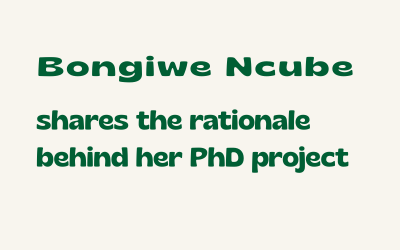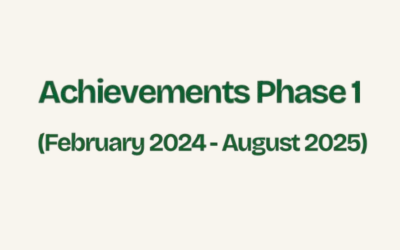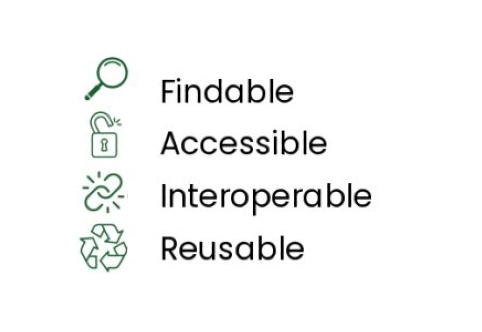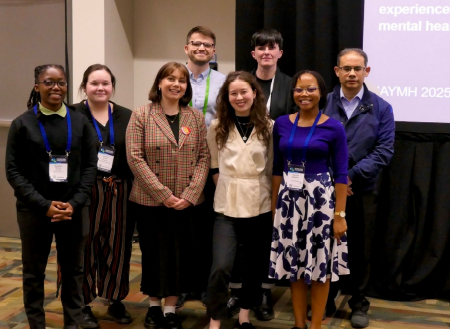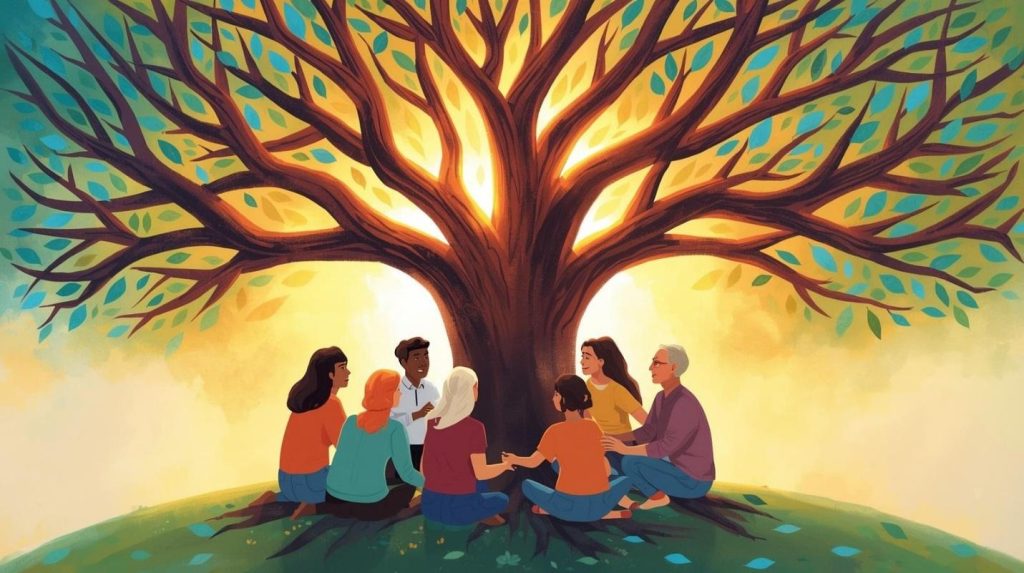
Author: Dr Natasha Naidoo, Post-Doctoral Research Fellow, SAMRC
The R-NEET study is a multidisciplinary collaboration, and the people involved range from seasoned scientists to up-and-coming researchers. We have psychologists, public health researchers, social and political scientists, criminologists, mathematical, statistical and environmental scientists all working together to uncover the resilience pathways that could protect vulnerable youth from mental health challenges.
Bringing together scientists from these various disciplines is no easy feat and our principal investigator, Prof Linda Theron and her team have gone the extra mile to conceptualise and initiate a stellar initiative.
I am part of the Climate Change and Health Programme at the SAMRC and I came in as a postdoctoral research fellow into the R-NEET study. When I came into this study, I had no idea of the depth and complexity of the research question. I worked with the field investigators, spoke to the field nurses, attended regular study meetings and engaged with the website content. I started to realise that there is more to mental health in low-income communities than I had ever anticipated.
Then, a few months into my fellowship, co-investigator Dr Di Levine suggested a revolutionary idea for the group, which we aptly named Journal Club. I was tasked with co-ordinating Journal Club as a biweekly meeting of the study experts, doctoral assistants and postdoctoral fellows on the project. Di explained that this would give us a chance to share ideas from our multifaceted disciplines so that we could conceptualise publications, projects, collaborations and other ideas that come out of this fascinating topic.
Journal Club is a concept that has been around for decades. It is a regular gathering of scientists to discuss high-powered scientific papers relevant to the study. A member of the club would put together a PowerPoint presentation of the chosen paper. In our R-NEET Journal Club, a respondent or an expert seasoned scientist from our team responds to the presentation and sparks discussions from the other members of the club. When discussion begins, attendees ask clarifying questions, inquire about different aspects of the experimental design, critique the methods, and bring a healthy amount of skepticism or praise to the results.
Three examples
For our first Journal Club, we considered a paper entitled “Indoor Temperatures in Low Cost Housing in Johannesburg, South Africa.” This paper related to the R-NEET project as one of the data points was measured indoor temperature of the households of the participants. It looked at the climate change and health angle of the project. This kickoff meeting of our Journal Club brought several insights from our team. There were those who were fascinated by how varied the experiences of inhabitants of South Africans from low-income settings could be and we heard from team members from Nigeria, Brazil and the UK about the situations in their respective countries. Climate change is indeed a universal topic and it affects all of us greatly.
Our second installment of Journal Club was presented by Anita Mwanda, a PhD student and young up and coming social scientist. Anita chose a study paper entitled: Ethnicity, Gender and Household Effects on Becoming NEET: An Intersectional Analysis. This paper highlighted the resilience of socially and financially disadvantaged immigrant youth who were shown to be less likely to become NEET than individuals native to the study setting. We talked about an important concept – intersectionality – and the experiences of people who have more than one discriminatory prejudice that can impact on their mental health and resilience. Interestingly, this paper used a quantitative study design and discussion was sparked on the use of qualitative data and the use of creative methods to discover the reasons behind the numbers. Anita’s choice of study highlighted the need to consider ethnicity as an important factor in the RNEET study and to consider using a reference database that explores the background ethnicity in study settings.
Dr Hernan Fainberg followed with a study entitled: “Residential tree canopy configuration and mortality in 6 million Swiss adults: a longitudinal study.” Hernan came in from a developed country point of view and showed the influence of proper urban planning to thermal comfort and mortality. This sparked discussions on the presence or absence of trees in South Africa and the historical inequalities that influenced the absence of trees in majority black native areas in the country and how in residential areas in South Africa, people are cutting down trees due to rising crime rates in those areas. Hernan in his concluding statements reiterated the responsibility of good governance for urban planning and the planting and maintenance of trees in any setting.
With the introduction of our Journal Club, the RNEET study has become much more than a research project, it is a living space of dialogue, reflection, and innovation. Through the Journal Club and other collaborative efforts, we are not only interrogating complex scientific questions but also weaving together diverse disciplinary insights into a shared tapestry of understanding.
Each discussion has reminded us that resilience is not a single construct, but an interdependent web shaped by history, environment, culture, socioeconomic factors and governance. What began as an ambitious initiative to examine pathways that protect youth from mental health challenges has grown into a collective journey that is expanding our vision of what resilience means in low-resource contexts. In this way, the R-NEET project is pioneering new ways of thinking about multidisciplinary science: breaking silos, amplifying voices across career stages, and nurturing ideas that will shape future interventions that will change the social fabric of vulnerable communities, navigating the intersecting crises of poverty, inequality, and climate change.

